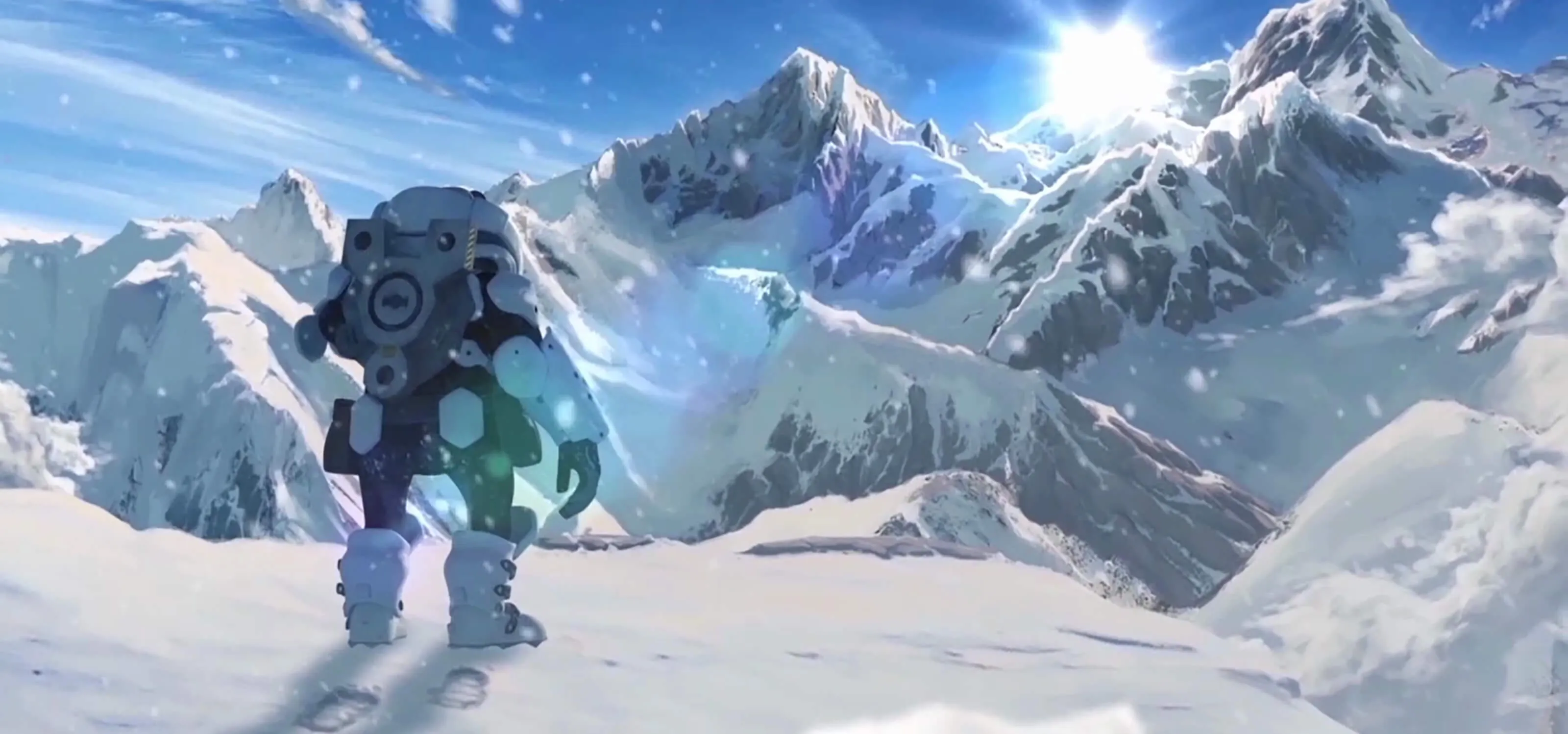Xabier Urrutia is a 2014 graduate and the creator of Level 1457 LAST, a short animated film he produced as part of his Senior Cinematic Project class at DigiPen Institute of Technology Europe-Bilbao.
Set in a distant future where ice covers the earth’s surface, Level 1457 LAST tells the story of a solitary maintenance worker tasked with fixing the power supply systems of the subterranean colony that he and the rest of humanity calls home.
Featuring incredible visuals and a compelling story about our fascination with the unknown, the film has caught the attention of several film festival organizers. In the month of June alone, Level 1457 LAST appeared as an official selection at the Los Angeles International Student Film Festival, the Blue Plum Animation Festival, and, most recently, the Palm Springs International ShortFest. The film will also be screening this August at the Portland Film Festival and Columbia Gorge International Film Festival.
We caught up with Xabier to ask him some questions about the making of the project.
Q. How did you come up with the idea for Level 1457 LAST? What inspired you?
The film was part of a class project where we were prompted to tell a story in a post-apocalyptic period where humans lived underground. I’ve never been a big fan of post-apocalyptic scenarios, so I decided to make it in an ice environment near the surface. That was the first idea. From there, games like Journey inspired me for this short.
Q. How long did it take you to make the film?
I spent a whole year on the making, but take into account that I was not just doing this project. I had more classes to work on. The first three months were dedicated to the preproduction, and the last three to four months to the post production. Everything else was production.
Q. This seems like an awfully ambitious film project for one person. How did you manage to do everything?
I had some help from my mates, but the main reason I did such an ambitious project was because of my lack of experience. I didn’t know how much it would cost, and I always want to do my best at work — even if it’s just a class project. The film ended up being five times longer than what was asked for, and the only way I managed to do it was by putting in lots of time and effort.
Q. The visuals in the film are so crisp and sharp looking. Were there any particular techniques you employed to achieve that highly polished look?
I spent a lot of time on texturing and lighting to make it as dramatic as I could. The realistic rendering style and details like the hair made the character and the background have this kind of appearance, but for me it was not a matter of choosing between techniques. It was my first 3D short project, so I did it the only way I knew how and made it as good as I could.
Q. What part of making the film did you most enjoy?
I really liked the preproduction part where I got to draw the main character for the first time — figure out his personality, how his armor and gadgets work, and how he fits into the world.
Q. The character in this film is so bold and determined. He just has to see the surface with his own eyes! Do you relate to that type of character?
I don’t know if my determination would go as far, but definitely I relate to him. My curiosity for this industry brought me to DigiPen. The degree program is very hard, and I really had to sacrifice a lot to gain the knowledge I wanted — just like Fetcher, the main character in the film. But the hard work has a reward. Fetcher gets to see the surface, and I get to travel to the Palm Springs International ShortFest.
Q. What advice would you give to any current or future students who want to make their own animated film?
The most important thing is to work hard and try your best. Lots of times I would get mad and tired, but if you work hard it will eventually get done. I would also say don’t be too ambitious, but that can be really difficult to control when you’re doing something you like. So I guess be as ambitious as you want if you’re having fun with it.
